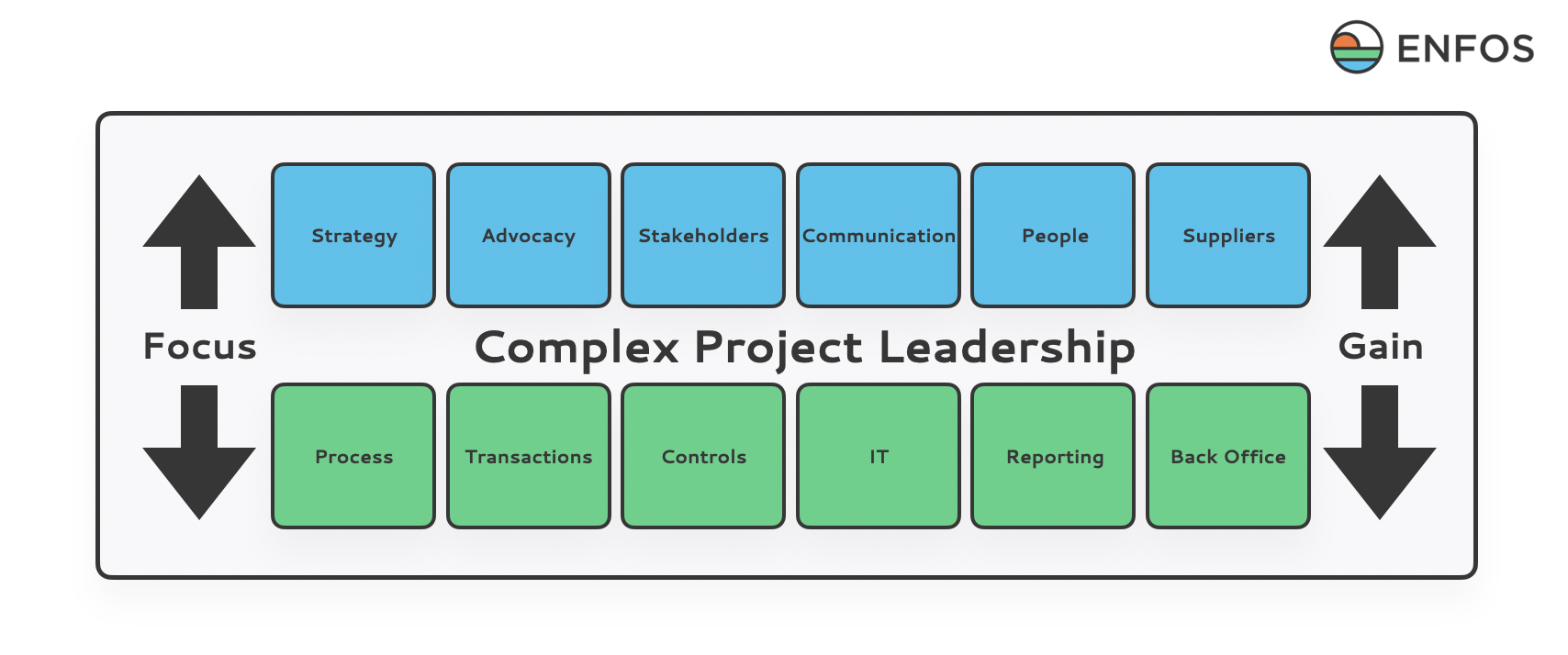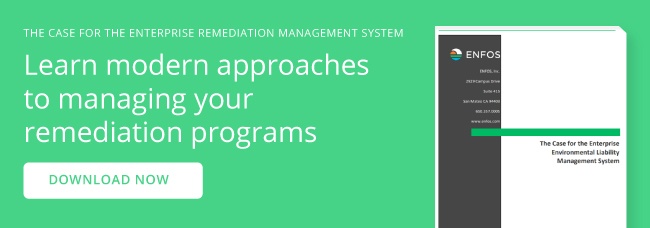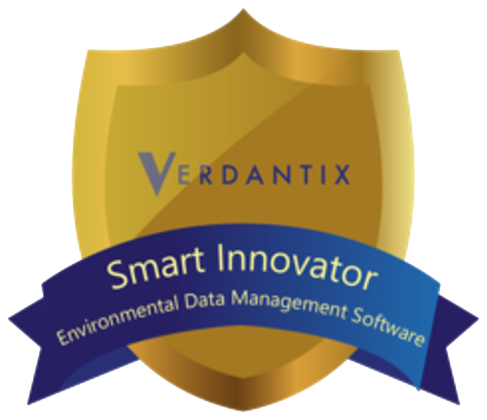In medieval England, “Tally Sticks” were used to keep track of debts and credits by cutting notches into a wooden stick. The “Abacus” was an ancient counting device that had been used for thousands of years in many different cultures, consisting of beads within a frame which were moved back and forth to perform calculations. “Quipu”, a system of knotted cords was used by the Incas to keep track of taxes, finances, and calendars. Each knot represented taxes and financial transactions of different values.
 Image of "Quipu"
Image of "Quipu"
Invention was the result of necessity. Efficiency evolved from invention. What’s the next step beyond efficiency? Effectiveness. Can you identify tools and tasks which have helped your organization become more effective?
Today, spreadsheets still dominate the way people manage their work and financial data. That’s old school, like “Stones in Pockets”, the ancient Rome practice of carrying small stones in bags or pockets to track a person’s finances. Each stone mimicked a certain amount of money and was moved from one pocket to another, as needed. But spreadsheets, like Stones, Tally Sticks, and other archaic methods, can introduce undesirable outcomes, create inefficiencies, and cost much more money than you may intend to spend. We haven’t evolved very far. Until now.
In this blog post, you are going to learn about the activities in your complex remediation projects that might typically suck up your time, introduce avoidable errors, and increase overall costs. In turn, if you identify these non-value-added tasks and take steps to eliminate or minimize them, you can improve the efficiency and effectiveness of the project by working smarter on the value-added tasks.
What are Non-Value-Added Time Sink Tasks?
So, what are non-value-added tasks? They do not contribute directly to the success of a project or organization and are activities that might fall into the following three criteria:
- Work that the company is not willing to pay for.
- Work that does not physically transform the product (or document/information).
- Work that is done incorrectly or needs to be redone.
Let’s look into some typical project non-value-added tasks in six common categories. Hopefully, if you recognize them in your business or on your projects, there will be an option for you to become more efficient by focusing on these first. Figure 1 shows the non-value-added, time sink tasks in the green boxes, along the bottom.
 Figure 1
Figure 1
- Processes – On large and complex remediation projects, data can originate from various sources, such as laboratories, consultants, or engineers. Data transfer and conversion can be inaccurate, redundant, or miscommunicated. Scopes of work might have to be rewritten if communication isn’t clear.
- Transactions – Billing, invoicing, payment, reserve management, financial planning - all can waste your time if the figures need to be pulled from multiple sources. Does this sound familiar? Consultants, contractors, and laboratories all have their own invoice mechanisms. Do you spend time converting or inserting into spreadsheets?
- Project Controls – This is similar to activities 1 and 2 above, multiple sources, possibly duplicate copies if mailed, and spreadsheets for entering data manually. If the Project Manager is always on a “need-to-know” basis, they can’t wait for the mail person to deliver that 1.2 million dollar invoice!
- Data Management – About 80% of the costs of conducting business are in data preparation because of inconsistency, and non-uniformity of the data structure requiring reformatting or re-entering data into multiple systems.
- Reporting and Analysis – Non-automated report preparation and data transfer into a specific report format is a big time sink. Conducting unnecessary testing or monitoring, then reporting the outcome is also not desirable.
- Back Office Administrative Tasks – Non-productive activities that go on normally that can’t be rushed but do happen occasionally include: handling customer complaints due to poor quality or service or waiting for regulatory approvals or permits. There’s also the typical email load, non-productive-redundant meetings, or searching for lost or misplaced items.
What are the Value-Added Beneficial Activities?
Let’s say you’ve put a lot of attention and energy into the non-value-added tasks (time sinks) and your office/project efficiency has improved. Perhaps you’ve instituted some data upload automation into pre-formatted reports. Now instead of the quarterly groundwater report taking 2 hours to hand-input 10 monitoring wells it takes only 1 hour to quality check the data since it’s already in the pre-formatted report for you! That’s a 50% efficiency improvement! What can you do with that “extra” hour of time just freed up for your project management?
Once you have eliminated or improved the time that it takes on the activities that are known as “time thieves” or “time sinks”, you can focus on the beneficial gains in effectiveness from the strategic categories in the top row of Figure 1.
Value-added activities are those that satisfy the following three criteria:
- Work that the company is willing to pay for.
- Work that physically transforms the product (or document/information).
- Work that is done right the first time
Let’s go ahead and break these value-added activities down.
- Strategy – Developing a clear and comprehensive strategy is essential for the success of any complex project. This involves defining the project goals, objectives, and scope, as well as identifying the resources required to achieve them. A well-defined strategy can help you stay focused on what’s important and avoid getting sidetracked by distractions.
An example would be planning the field work for conducting a thorough site investigation to identify the extent of contamination. Once the remediation is underway (or completed), and your efforts at clean-up have been measured, then time can be spent on developing a long-term monitoring plan to ensure that the site remains clean and safe. - Advocacy and Regulators – Building strong relationships with regulators and other stakeholders can help you navigate complex regulatory environments and ensure that your project is compliant with all applicable laws and regulations. Advocating for your project can also help you secure funding and other resources needed to complete the project successfully.
An example of advocacy and working with the regulators is conducting a detailed risk assessment to identify potential hazards, establishing site-specific clean-up goals, and assuring that there is no risk to the community. - Customers and Stakeholders - Engaging with customers and stakeholders throughout the project life cycle can help you identify their needs and expectations, as well as build trust and credibility. This can help you ensure that your project delivers value to all stakeholders and meets their expectations.
Providing regular updates to stakeholders will help keep them informed of progress. Offering training and education also promotes awareness and understanding of the remediation process so that they understand the what, why, and how long cleanup is going to take. - Innovation and Creativity - Encouraging innovation and creativity can help you identify new solutions to complex problems and drive continuous improvement. This involves creating a culture of innovation within your team, as well as providing the resources and support needed to explore new ideas.
Examples include: developing a remediation plan that is tailored to the specific site conditions (one size does not fit all); and implementing innovative remediation technologies to improve efficiency and effectiveness. - People and Communication – Effective communication is essential for the success of any complex project leadership style. This involves building a strong team with the right skills and experience, as well as providing clear direction, feedback, and support. It also involves communicating effectively with all stakeholders throughout the project life cycle.
One cannot emphasize the importance of creating and implementing the remediation plan in a safe and efficient manner. And, just as important, developing a comprehensive health and safety plan to protect workers and the public. - Supplier Management – Managing suppliers effectively can help you ensure that your project is delivered on time, within budget, and to the required quality standards. This involves selecting the right suppliers, negotiating contracts, monitoring performance, and resolving issues in a timely manner.
A higher level of business partnerships arises out of automation and integration of data exchange, invoicing, purchase agreements, etc. When day-to-day tasks are seamlessly completed, efficiency and effectiveness of conducting business are improved tremendously. Partnership agreements can be creatively written where the supplier gets part of the proceeds for performance milestones.
Efficiency is about doing things right. Effectiveness is about doing the right things. This process involves thinking consciously about how you spend your time, deciding which tasks matter most to you and your organization, and dropping or creatively outsourcing the rest. By focusing on the beneficial, value-added tasks, you can ensure that your time and resources are being used effectively and efficiently.
Would you like to employ a more efficient and “modern” method than manually entering data into spreadsheets (like invoices, scopes of work, groundwater results)? Innovation for data management has arrived! ENFOS is beyond spreadsheets, Tally Sticks and Quipu. ENFOS is the cloud enterprise solution for your environmental liability management program and remediation projects.





